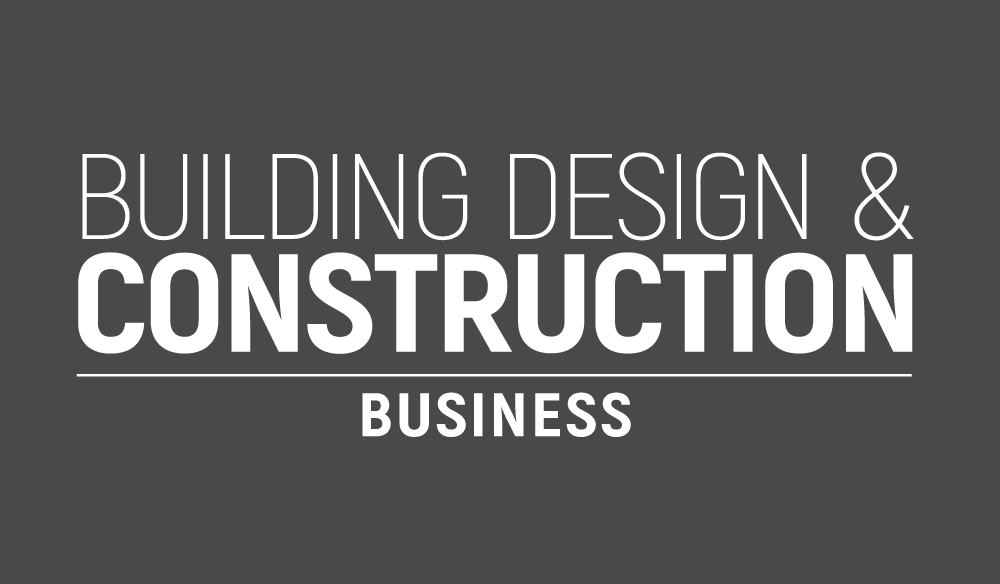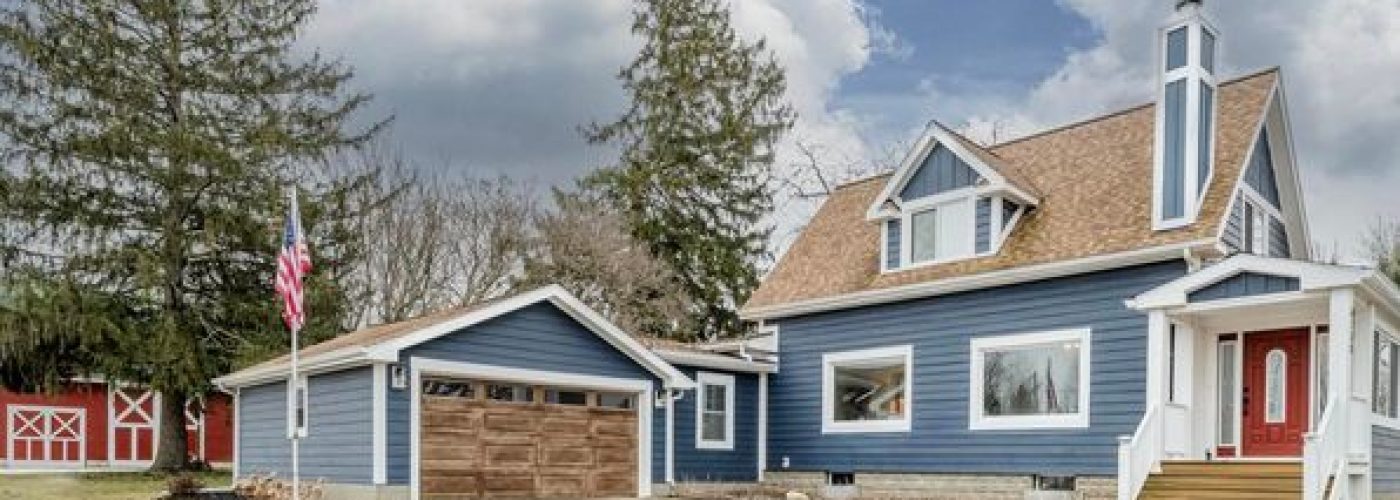There’s charm, character, and history in old houses. From original facades and vintage tilework to hardwood floors and arched doorways, these homes have tales to share that newer homes just can’t compete with. But when the time comes to sell, that same character sometimes has a cost—especially as building codes and safety standards evolve.
Recent years have seen local and national building code updates begin to play a greater part in the real estate transaction. Although the changes are intended to promote greater safety, energy efficiency, and long-term livability, they can pose additional hurdles for sellers—particularly those who own properties that were last updated many decades ago.
Understanding how these regulatory shifts affect the sale of older properties is now more important than ever for homeowners. Whether you’re planning to list soon or just trying to stay ahead of the curve, knowing what to expect (and how to navigate it) can save time, money, and a lot of headaches.
What’s Changing—and Why It Matters
Building codes aren’t fixed. They evolve as technology in building construction advances, the environment evolves with regulations, and public safety concerns change. In much of the country, in cities like Columbus, upgrades to electrical systems, fire safety, insulation levels, plumbing, and accessibility regulations have become stricter.
These changes may not affect a homeowner who isn’t planning to remodel, but they can be gigantic deal-breakers when selling time arrives. In the event a buyer wants to remodel or add on, the local building department will likely require that the entire house (or at least the areas involved) be brought up to present code. That’s to say older homes can get an additional level of scrutiny—even if they’ve been humming along just fine for years.
For example, outdated electrical panels that were once sufficient might now have to be entirely replaced in order to achieve current safety standards. Insufficient insulation, antiquated plumbing, or the absence of GFCI outlets in bathrooms and kitchens can trigger red flags in the inspections. And these are not small, cosmetic issues—they often come with price tags in the thousands.
Inspections Are More Thorough Than Ever
Customers these days are more educated and frugal. They’re hiring testers who go after the condition of a building and find all items that are lacking in regards to present code. What previously would have been considered a “charm” of an older residence—like knob-and-tube electrical wiring or single-pane windows—is now seen as a potential future cost or liability.
For sellers, it involves preparing for a longer inspection process and perhaps more negotiation for repair credits or concessions. Even when the buyer loves the character and floor plan of an older home, flaws uncovered by inspections can lead to delays, price reductions, or even canceled contracts.
This can be especially hard on owners who have not had any recent upgrades or are not in a position to fix before closing.
The Hidden Costs of Compliance
Perhaps the most disheartening unexpected twist for vintage home sellers is finding out that even minor modifications can lead to larger code conformity demands. Adding a water heater, for example, may initially appear to be an easy-do—until the city inspector responds by explaining the venting pipe system must also be updated, or earthquake anchoring does not conform to current code. Lo and behold. A $1,000 venture now becomes one of $4,000.
For other sellers, especially those with modest means or who have inherited their property, these expenses are too much. The prospect of spending thousands of dollars on a house just to prepare it for listing—before even addressing its aesthetic appearance, but simply to comply with regulations—can seem like money thrown away.
That’s one reason more homeowners are looking for alternative selling solutions that don’t require code compliance or pre-sale renovations. For instance, some cash home buyers specialize in purchasing older properties exactly as they are—no repairs, no inspections, and no code updates required. This route allows sellers to move forward quickly without the pressure of meeting today’s increasingly complex building standards.
Appraisals Are Affected, Too
It’s not just inspections that are impacted by updated codes—appraisals are as well. Appraisers consider both a house’s current market value and general condition. If an older home doesn’t have essential safety or efficiency features now required to be standard, it can lead to a lower appraised value, size and location aside.
This becomes a real problem if the buyer is using financing. If the appraisal comes in below the offer price due to antiquated systems or code problems, the lender can reduce the loan amount, asking the buyer to bring more cash or lose the sale. Either way can ruin the sale, even if both parties are otherwise excited.
This is especially so in competitive markets, where consumers are straining their budgets to compete and where lenders have a motive to cut back on risk. Solidly built homes that do not live up to today’s expectations can lose ground to newer, code-compliant competition.
When Should You Update—And When Should You Walk Away?
It’s natural to assume all issues must be fixed before it can be listed. But not necessarily. Not everyone requires (or even wants) a spanking-new home. Investors, fixer-uppers, and even first-time homeowners looking for a deal are generally willing to acquire older homes—if the price is reasonable for the amount of work that needs to be done.
For the seller, the secret is understanding your local market. Are homebuyers in your area looking for fixer-uppers, or will they consider looking at turn-key homes? What are comparable homes of comparable age and condition selling for? And most importantly—do you have the time, money, and desire to make repairs before selling?
If you’re dealing with a property that would have to undergo huge renovations just in order to get by on inspection or code minimums, as-is could be the more attractive option. Getting the help of experienced buyers that understand the characteristics of older properties can make things easier, eliminate inspection roadblock issues, and get you through to closing sooner.
Final Thoughts
Building code changes are here to stay, and they’re affecting the sale and purchase of older homes. Although these changes are serving valuable safety and efficiency purposes, they can also unintentionally erect barriers for homeowners attempting to sell homes that don’t meet every contemporary standard.
Whether you choose to perform strategic repairs or sell your home as-is, the magic is in going in with your eyes open. Understand what today’s buyers are looking for, how inspections and appraisals are evolving, and what cash buyers can do to help you sell swiftly without spending additional money in compliance.
Older homes have tales to tell—and with the proper strategy, they still possess good value in today’s market. The secret is understanding how to place yours, and when to change or go.





